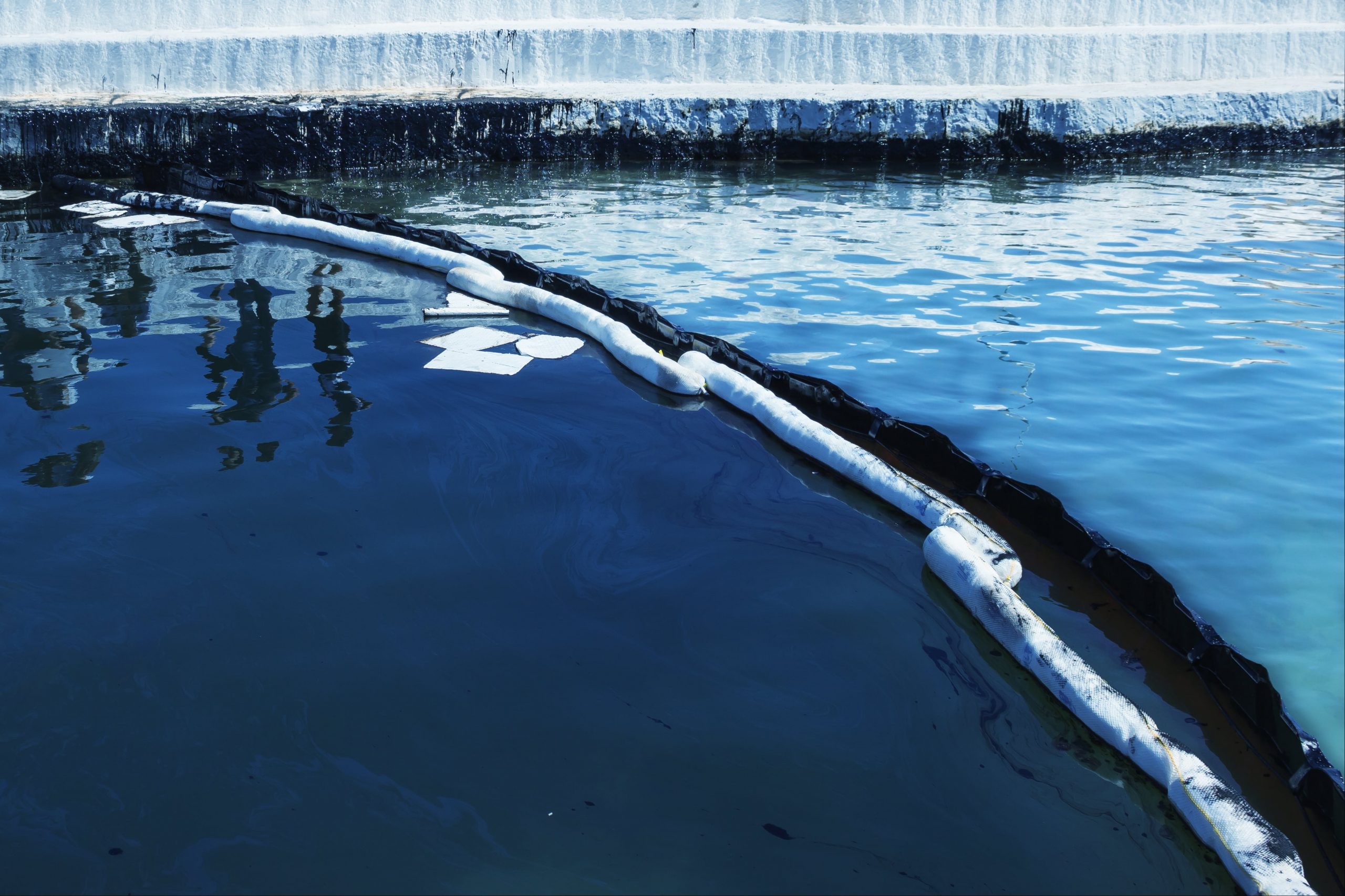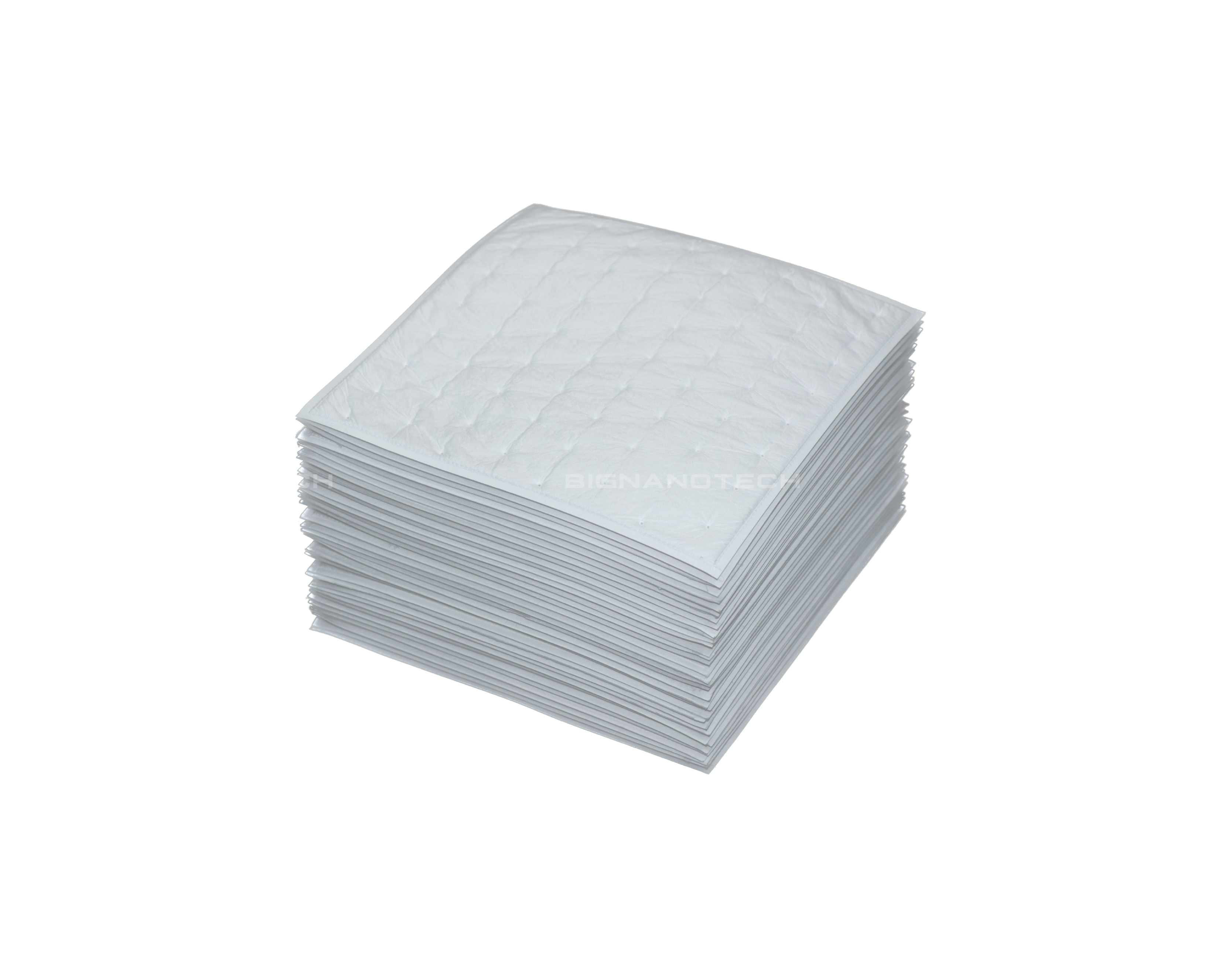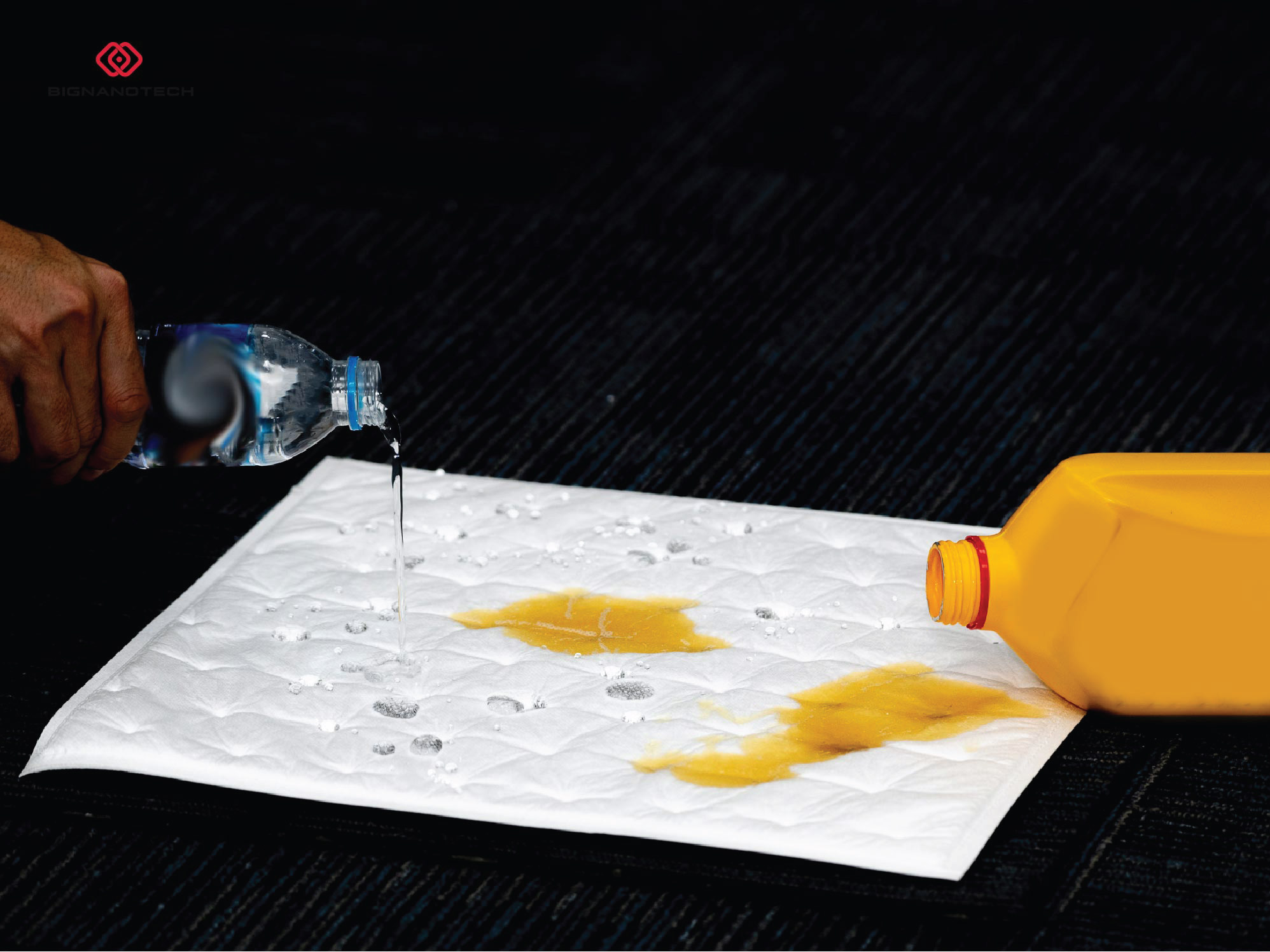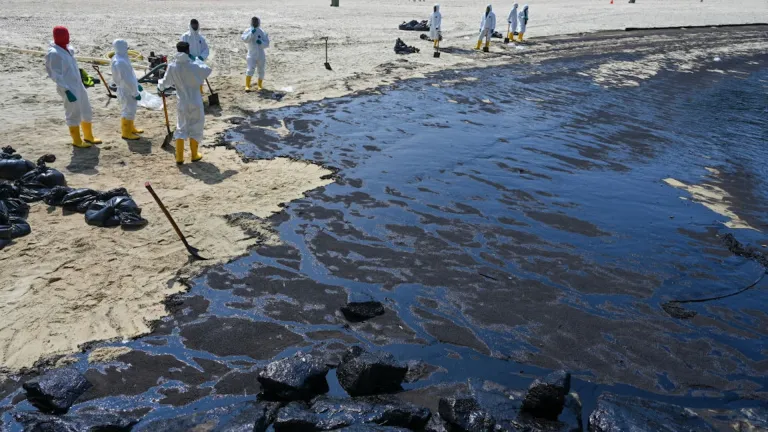
Finding effective and efficient ways to clean up the damage is imperative in protecting the environment.

Singapore is exploring a variety of oil abatement technologies to clean up the maritime environment after its most recent spill that shut down beaches for months.
The Singapore Strait, a nearly 70-mile-long area off the southern coast of the country, has been flagged as a danger zone for spills as one of the busiest sea lanes in the world, according to a report by Channel News Asia (CNA).
This has led the Maritime and Port Authority of Singapore to organize demonstrations of tools that can help clean and detect the polluting substance, as CNA reported separately.
Per the news outlet, it’s all part of the biennial Joint Oil Spill Exercise, which boosts incident management capabilities and offers testbed opportunities for new solutions.
Among those on hand was the KOBOT-S remote-controlled water drone, which acts as a first responder after spills on the water.
As detailed in the report, it works by spinning an absorbent cylinder of nanofoam that can separate oil from water and collect up to 1,100 pounds of the errant dirty fuel in an hour’s time.
The nearly 15-foot-long KOBOT-S can run for about three hours on a charge and be maneuvered easily, as displayed recently by Tony Park, CEO of Korea Oceanic Artificial Intelligence, per CNA.
Unfortunately, the tech was not yet an option during the spill earlier this year.
“If the KOBOT had been dispatched during that time, it could have been quite useful in collecting the oil,” Park shared with CNA.
Oil spills are incredibly damaging to the environment, not only impacting beach recreation and local economies, but also injuring animals and compromising important habitats like wetlands and oyster reefs.
Oil and gas companies continue to resist regulation, and often deceive or change course on the public with backtracking on climate commitments. The toxic runoff from spills can poison water supplies, hurting humans and animals alike.
Finding effective and efficient ways to clean up the damage is imperative in protecting the environment.
The Current Buster is another commonly used tool for cleaning up water-based oil spills, as CNA explained. However, this requires more personnel, as it takes two vessels to tow the floating tool in order to funnel oil away from the water’s surface.
Singapore’s port authority is also exploring BKR Engineering’s laser device, which reportedly can vaporize contaminants like oil, rust, and soot. It’s used to touch up residue left on surfaces after an initial round of high-pressure washing.
This can help eliminate the need for hazardous chemicals and cleansers, although it currently takes about five minutes to clean a palm-sized area of rock stained by oil, as CNA noted.
To help detect oil spills, as many are still underreported, the port authority is also reviewing hyperspectral imagery tech from the Technology Centre for Offshore and Marine Singapore and ST Engineering’s Commercial Aerospace..
This uses a broad spectrum of wavelengths that go beyond visible and near-infrared light to help distinguish oil from water, which is ideal for inspection in low-light conditions.
However, there’s still more work to be done.
“These areas still require substantial development work before the capability can be operationalised, including being deployed by drone,” as the Singaporean port authority concluded.
Source: The Cool Down

